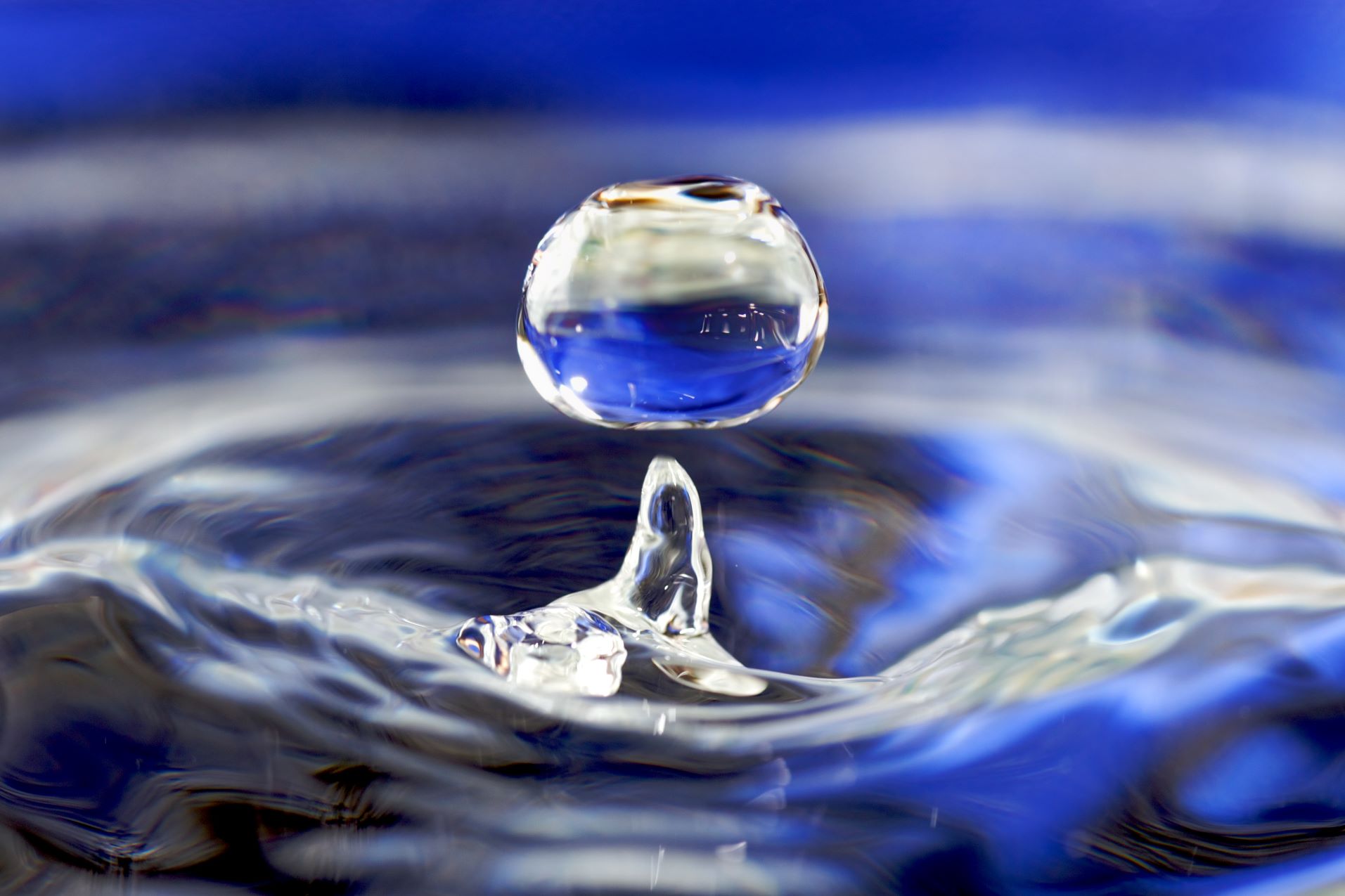
Liquid is a fascinating substance that plays a significant role in our daily lives. From the water we drink to the various liquids we encounter in cooking, cleaning, and other activities, it’s hard to imagine a world without liquids. But how much do we really know about this essential state of matter? In this article, we will dive into 18 fun facts about liquid that will not only entertain but also educate you about the unique properties and uses of liquids. Whether it’s learning about the different types of liquids, understanding the science behind their behavior, or exploring some surprising applications, get ready to expand your knowledge and appreciate the wonders of liquids in a whole new way.
Key Takeaways:
- Liquid is a versatile substance that can take the shape of its container, conduct electricity, and even exist at extreme temperatures, making it essential for cooking and vital for life on Earth.
- Understanding the properties of liquids is crucial in various scientific fields, from chemistry to biology to geology, and can lead to exciting discoveries and advancements in our knowledge of the world around us.
Liquid takes the shape of its container.
Unlike solids that have a fixed shape, liquid has the ability to flow and take the shape of its container. This is due to the relatively weak intermolecular forces between its particles.
The human body is approximately 60% liquid.
Our bodies are mostly made up of water, with the brain and heart being composed of about 73% water. It’s no wonder that staying hydrated is so important for overall health.
Liquids can exist at extremely high and low temperatures.
While water is commonly known as a liquid, there are other substances that can exist in liquid form at extreme temperatures. For example, liquid nitrogen has a boiling point of -196 degrees Celsius, while lava can reach temperatures of over 1,000 degrees Celsius.
Liquids can flow uphill.
This phenomenon, known as capillary action, occurs when the cohesive forces between liquid molecules are stronger than the adhesive forces between the liquid and a solid surface. This allows liquids to defy gravity and move against downward forces.
Liquid is essential for cooking.
From simmering soups to sautéing vegetables, liquid plays a vital role in the culinary world. It helps to distribute heat evenly, enhances flavors, and allows ingredients to soften and blend together.
Water is the only liquid that naturally exists in three states on Earth.
Under normal conditions, water can exist as a solid (ice), liquid (water), and gas (water vapor). This unique property of water contributes to the water cycle and makes life on Earth possible.
Liquids can be mixed to create new substances.
Mixing liquids can lead to interesting results. For example, combining vinegar and baking soda produces carbon dioxide gas, resulting in a fizzy reaction commonly used in baking or cleaning.
Liquids can exhibit different viscosities.
Viscosity refers to a liquid’s resistance to flow. Some liquids, like water, have low viscosity and flow easily, while others like honey or motor oil have high viscosity and flow more slowly.
Liquid can dissolve many substances.
Liquid has the ability to dissolve a wide variety of substances, making it an excellent solvent. This property is crucial in processes such as chemical reactions, medication absorption, and cleaning solutions.
Some liquids can change color with temperature.
Thermochromic liquids, such as color-changing nail polish or temperature-sensitive mugs, change color when exposed to different temperatures. This is due to the molecular structure of the liquid changing with temperature.
Liquids can conduct electricity.
While pure liquid water is not a good conductor of electricity, certain liquids can conduct electrical currents. Examples of such liquids are saltwater, acids, and molten metals.
Liquid can be compressed.
Unlike solids, liquids can be compressed, although the compression is usually very small. This ability allows liquids to be used in hydraulic systems and other applications where pressure needs to be transmitted.
Some liquids have unique properties.
For example, mercury is the only metal that is in liquid form at normal room temperature. It is also very dense and has a high surface tension, allowing it to form spherical shapes.
Liquid plays a crucial role in the water cycle.
Through evaporation, condensation, and precipitation, liquid water constantly circulates and replenishes the Earth’s water supply. This cycle is vital for the survival of plants, animals, and ecosystems.
Fluid dynamics studies the behavior of liquids.
Fluid dynamics is a branch of physics that deals with the motion and forces applied to liquids and gases. It helps us understand phenomena like flowing rivers, ocean currents, and aerodynamics.
Some liquids can be supercooled.
Supercooling occurs when a liquid is cooled below its freezing point without solidifying. This can lead to interesting effects, such as instant freezing when disturbed or creating ice sculptures with liquid droplets.
Liquid can be used as a medium for energy storage.
From storing fuels like gasoline and diesel to utilizing liquid batteries in renewable energy systems, liquids provide a convenient and efficient means of storing and transporting energy.
The study of liquids is important in various scientific fields.
From chemistry to biology to geology, understanding the properties and behavior of liquids is crucial in advancing our knowledge in numerous scientific disciplines.
These 18 fun facts about liquid give us a glimpse into the diverse and remarkable characteristics of this fascinating form of matter. So next time you pour yourself a glass of water or witness a droplet sliding down a leaf, remember the wonders that liquid brings to our world.
Conclusion
In conclusion, liquid is a fascinating substance that plays a vital role in our everyday lives. From its varied forms and properties to its importance in various industries, there is no denying the impact of liquid on the world around us. Whether it’s water, oil, or any other liquid, there are numerous fun facts that make it an intriguing subject to explore. So the next time you pour a glass of water or witness a raindrop falling from the sky, take a moment to appreciate the incredible properties and wonder of liquid.
FAQs
1. What is the definition of liquid?
Liquid is a state of matter in which particles are close together but can still move freely. It has a definite volume but takes the shape of its container.
2. How many states of matter are there?
There are three states of matter: solid, liquid, and gas.
3. What are some common examples of liquids?
Water, milk, juice, oil, and alcohol are some common examples of liquids.
4. What gives liquids their unique properties?
Liquids possess properties such as surface tension, viscosity, and the ability to flow, which are a result of the forces between their molecules.
5. Why do liquids take the shape of their container?
Liquids take the shape of their container because their particles are not rigidly held together and can move freely.
6. Can liquids change into other states of matter?
Yes, liquids can change into solid or gas states through the processes of freezing and evaporation respectively.
7. Are all liquids transparent?
No, not all liquids are transparent. Some liquids like milk and juice are opaque.
8. How does temperature affect the properties of liquids?
Temperature can affect the viscosity, density, and boiling point of liquids. As the temperature rises, liquids generally become less viscous and expand in volume.
9. What are some practical applications of liquid properties?
Liquid properties find practical applications in various fields such as medicine, industry, and cooking. For example, liquid viscosities are important for manufacturing processes, while boiling points help determine cooking times.
10. Can liquids exist in space?
In space, liquids can exist if they are contained within a pressurized and temperature-controlled environment, as the lack of atmospheric pressure and extreme temperatures can affect their properties.
Was this page helpful?
Our commitment to delivering trustworthy and engaging content is at the heart of what we do. Each fact on our site is contributed by real users like you, bringing a wealth of diverse insights and information. To ensure the highest standards of accuracy and reliability, our dedicated editors meticulously review each submission. This process guarantees that the facts we share are not only fascinating but also credible. Trust in our commitment to quality and authenticity as you explore and learn with us.


